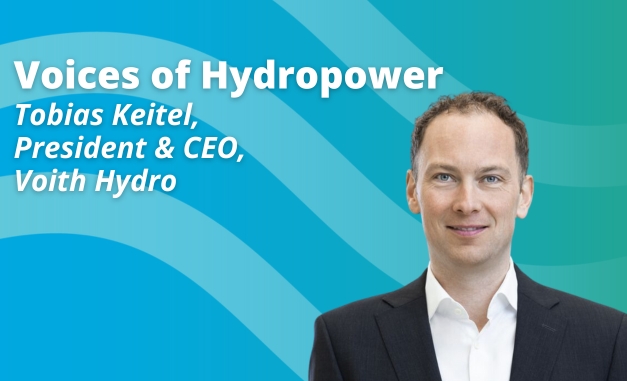Downstream flows: a basin-wide approach
The quantity, timing and quality of river flows all have a marked impact on the sustainability of freshwater and estuarine ecosystems. This is why, when we look at downstream flows, we need to take the entire river ecosystem into account.

We are also concerned, increasingly so, with the livelihoods and wellbeing of the communities who are intimately connected with rivers and dependent on the ecosystem services and other benefits they provide.
The areas with the highest freshwater biodiversity, typically tropical regions in the global South, are also the areas which will see the most intensive hydropower and water infrastructure development in the future. Seventy per cent of river kilometres likely to be affected by new hydropower dams are in the basins with the greatest diversity of fish species.
We already know that hydrological alteration is a primary driver of detrimental ecosystem change. Physical barriers in the system such as diversion weirs or dams, disconnection of the river’s channels from their active floodplains, and changes to the timing and pattern of downstream flows – all of these factors have a substantial impact on the ecosystem’s wider regulatory processes.

Here’s an example from an existing hydropower project, the Flaming Gorge Dam in northern Utah. The blue line in this hydrograph shows how this river’s natural flow pattern includes a substantial summer increase due to annual snowmelt. However the flow regime has now been regulated to provide more consistent electricity generation throughout the year.
As the red line also demonstrates, there are new daily and weekly fluctuations as hydropower generation tracks demand. You can imagine what kind of impacts these changes might have on the ecosystem downstream.
Considering meta-data from the existing literature, we also know that flow regime changes are indirectly affecting around half a million people who live downstream and depend on the services of river ecosystems for their livelihoods – and that’s a conservative estimate.
So when we think about the social dimension of sustainability with hydropower, we need to think beyond the important issue of resettlement in the reservoir area. We really need to also bear in mind how changes to flow regimes can affect the communities living downstream.
There are some relatively simple solutions to sustainability challenges in the hydropower sector."
Our perspective is necessarily becoming more holistic, and more informed by interdisciplinary research. We now try to look at the entire river basin as a social-ecological system. The timing, variability and patterns of the natural flow regime are crucial.
We have to look at the ecosystem functions that the natural flow regime provides – such as water delivery, sediment transport and nutrient cycling. The importance of different flow events in delivering these functions must be taken into account when we plan hydropower projects.
Early stage planning
We need to consider the flow regime in this detailed way, rather than merely stipulating minimum, constant environmental flow requirements of say, 5 or 10 per cent of pre-project magnitudes. Such a perspective also quickly leads us beyond individual projects to consider infrastructure planning across an entire river basin.
Let’s take the Coatzacoalcos Basin in México as an example. Here, the Federal Electricity Commission (Comisión Federal de Electricidad), The Nature Conservancy (TNC), and the National Commission for Knowledge and Use of Biodiversity (Comisión Nacional para el Conocimiento y Uso de la Biodiversidad) worked together, using multiple criteria – technical, social and environmental – to screen individual hydropower projects and compare future scenarios of dam configurations.
They explored 25 future scenarios to demonstrate how early stage planning can have a major impact on the downstream river network and its communities across an entire basin.

Comparing just two examples (see left), we can see that one configuration, Scenario 21, severely reduces flow regime quality and aquatic connectivity, leaving 970 km of the watercourse fragmented. By contrast, Scenario 7 leaves less than half as much (452 km) of the watercourse fragmented (data from The Nature Conservancy's The Power of Rivers report).
Despite vastly different sustainability outcomes, both scenarios have a similar hydropower generation output. So we can see that there are some relatively simple solutions to sustainability challenges in the hydropower sector. But the sector needs to learn to implement early stage planning at scale, across the development of an entire river basin or region.
As a priority, we need to establish a common language of communication across different disciplines to enable greater and more effective sharing of our collective experience and knowledge.
Not only do the hydropower industry and conservation sector need to strengthen our partnerships, but we also need to work more closely with other areas of the water infrastructure sector, as well as with the communities who depend on the world’s great rivers.
You can download The Nature Conservancy’s report, The Power of Rivers, here.
You can find out more about The Nature Conservancy’s work on rivers, energy and hydropower by design here.
This is the third part in a series of three articles exploring the topic of downstream flows from different perspectives. You can also read Michael McClain's article on changing the way we think about downstream flows here, and Helen Locher's article on the perspective of the hydropower industry here.










